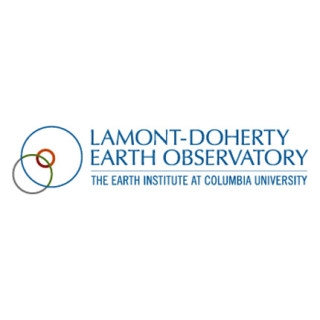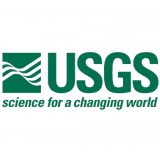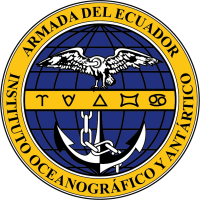Expedition dates: August 13 – September 10, 2023
In 1977, scientists at the Eastern Galápagos Spreading Center uncovered an ecosystem that changed our conception of life—hydrothermal vents. In the crushing darkness of the deep sea, life thrives on these vents as bacteria facilitate a whole food web by converting chemicals, rather than sunlight, into energy. Hydrothermal vents threw open the door to new scientific possibilities and have been found and explored across the Ocean for decades. Now, Chief Scientist Roxanne Beinart and her team will voyage to the Galápagos, not to revisit the original discovery site, but to uncover the mysteries of unexplored hydrothermal vents at the Western Galápagos Spreading Center. Each discovery will be an opportunity to study a site’s unique chemistry, geology, and biology—revealing variations from nearby vents on the Eastern Spreading Center and across the eastern Pacific.
“The 13-Frame Discovery”
In February 1977, aboard the R/V Knorr, Dr. Robert Ballard and a team of scientists pored over some 3,000 photographs taken by a deep-sea sensor sled towed across the Eastern Galálapagos Spreading Center (EGSC). The team were exploring the region after Dr. Kathleen Crane had detected a temperature anomaly on a previous expedition, providing strong evidence to support the hypothesis of hydrothermal venting. Nearly all the images featured a mostly barren seafloor at 2,500 meters, except in thirteen frames—hundreds of unknown clams and mussels crowded near warm water shimmering out of vents. Up until this moment, photosynthesis was thought to be the only driver of life on Earth. Yet here, well beyond the sun’s reach, these creatures weren’t merely existing. They were thriving.
Over the last forty-five years, hydrothermal vents have been uncovered in all five Ocean basins. Much progress has been made in understanding their inner workings, yet they remain one of Earth’s most mysterious and understudied ecosystems. Scientists believe there are hundreds more active sites yet to be uncovered—with each discovery an opportunity to characterize a distinct ecosystem and understand how these vents vary from one another. Answering this question compels Beinart and her team to explore the Western Galápagos Spreading Center (WGSC), just a few hundred kilometers from the original discovery sites.
At the WGSC, the science team will study two known vent sites, “Iguanas-Pinguinos” and “Navidad,” and search for more undetected hydrothermal vents. Confirmed in 2005, the two known sites feature 40 black smoker vents—unlike the white smokers discovered in 1977. The Navidad site remains unexplored, and three inferred sites flanking it are unconfirmed. These sites, and any unexpected vent discoveries, brim with possibilities for the team to explore, and connect these ecosystems.
Unique Vents, Unique Ecosystems
Examining vents on either side of the Galápagos Spreading Center is like comparing an acoustic and electric guitar—they’re similar, but very distinct. First, magma in the mantle percolates seawater that has seeped into the Earth’s crust. The seawater leaches minerals from the crust before discharging up through the seafloor in a distinctive plume. At the EGSC, there is a warm (2–23° C) calcium-rich plume, while the WGSC ejects metal-laden fluids up to 400° C at high velocity. In both cases, the vent fluid contains hydrogen sulfide that chemosynthetic bacteria convert into energy—kick-starting a food chain that supports one of the most diverse and abundant ecosystems in the Ocean. The bacteria provide energy to some creatures symbiotically by living in their tissues. To others, it serves as free-floating food particles. But just as the vents differ, so do their biological communities. While EGSC vents are dominated by tube worms, giant clams, and white crabs, WGSC vents may feature different chemosynthetic microbes and invertebrates.
A Compact Laboratory of Oceanic Connectivity
Hunting for hydrothermal vents almost three kilometers below the surface requires a double-dose of surveying—using multibeam sonar and CTD hydrocasts—before sending in ROV SuBastian. Once the vents are located and confirmed, Beinart and her multidisciplinary team will target the vents’ mineral composition, vent fluid geochemistry, and the animal and microbe populations for sampling and study. Moving beyond simply identifying and characterizing these intertwined components, they will also examine how variations in one impacts the others. For example, since crust thickness varies across locations, they will determine how these fluctuations alter the sites’ specific geochemistry and biological characteristics. Their strategy turns each vent site into a living laboratory to examine environmental cause-and-effect.
The team will also use genetic data from biological samples to drive their understanding of hydrothermal vent “biogeography,” the study of species distribution across geologic time and space. Examining genetic divergences and species dispersal across vent sites will reveal the animals’ movements and adaptations. The next step is to combine this information with the team’s mineralogy and geochemistry data to determine how and why these environmental factors impact the evolution and migration of organisms. Understanding subtle but significant impacts on the ecosystem creates an outwardly expanding circle of knowledge. The data will ultimately aid in creating a big-picture view of how life on vents functions across time and space, reacting to an ever-changing Earth.
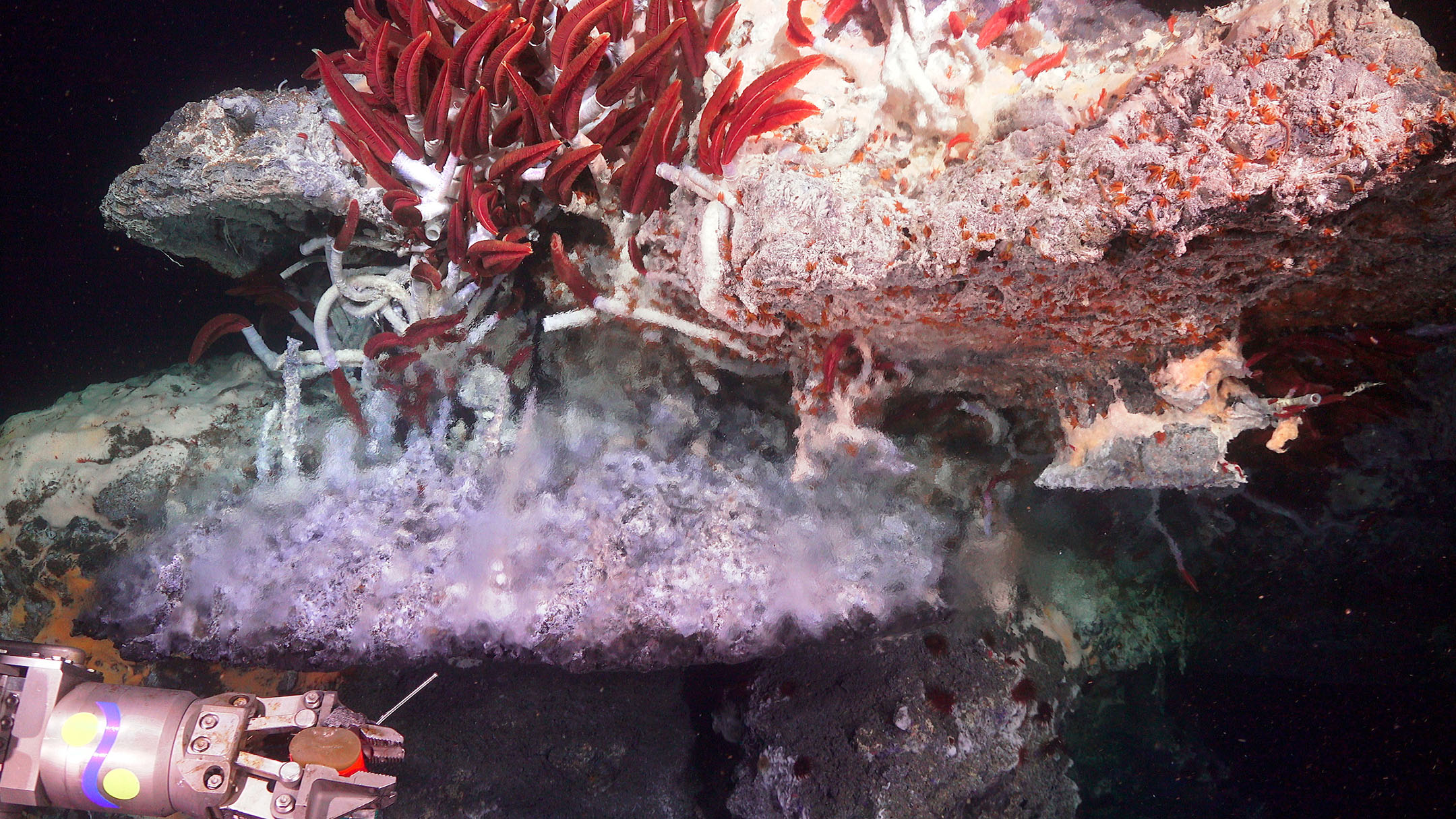
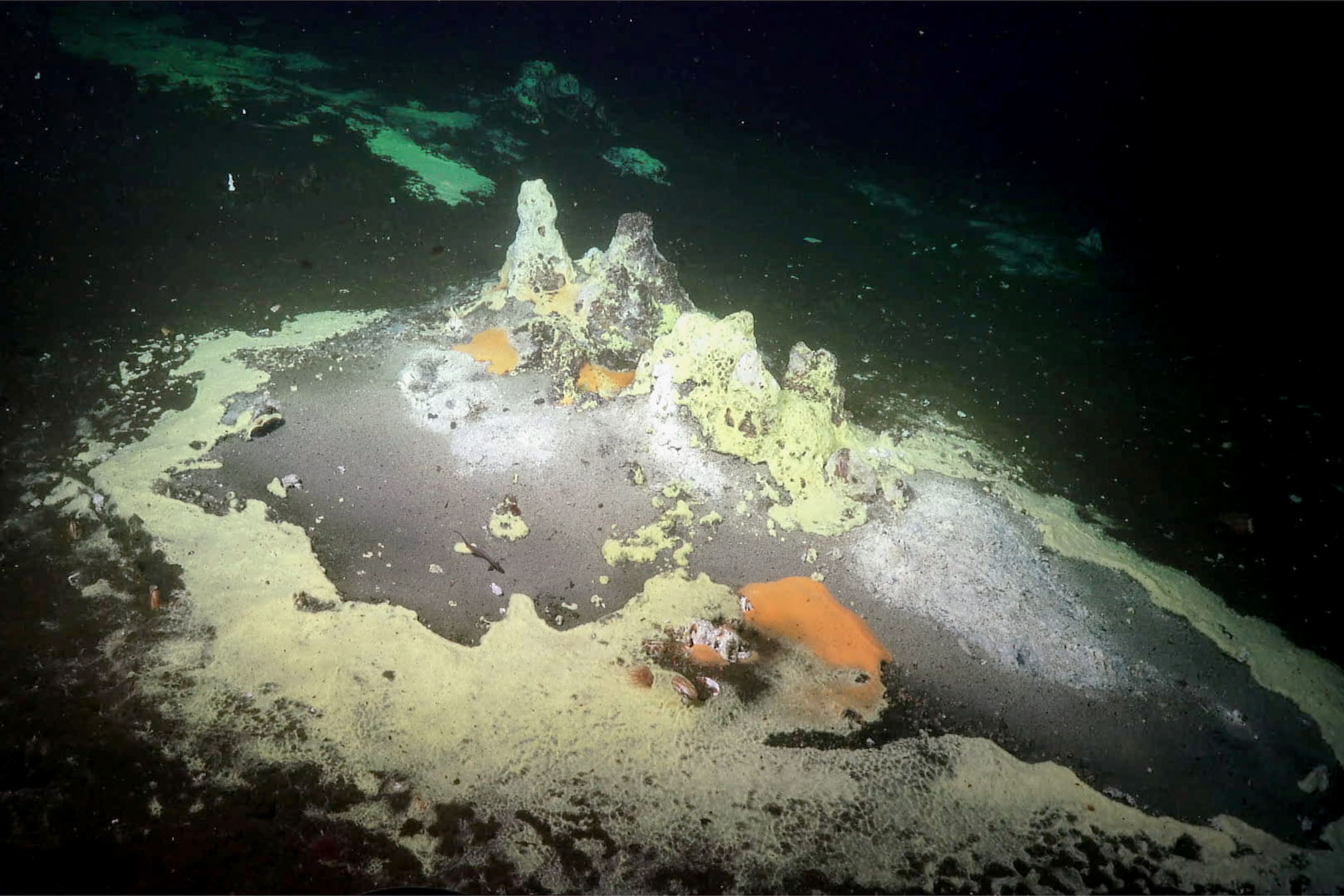
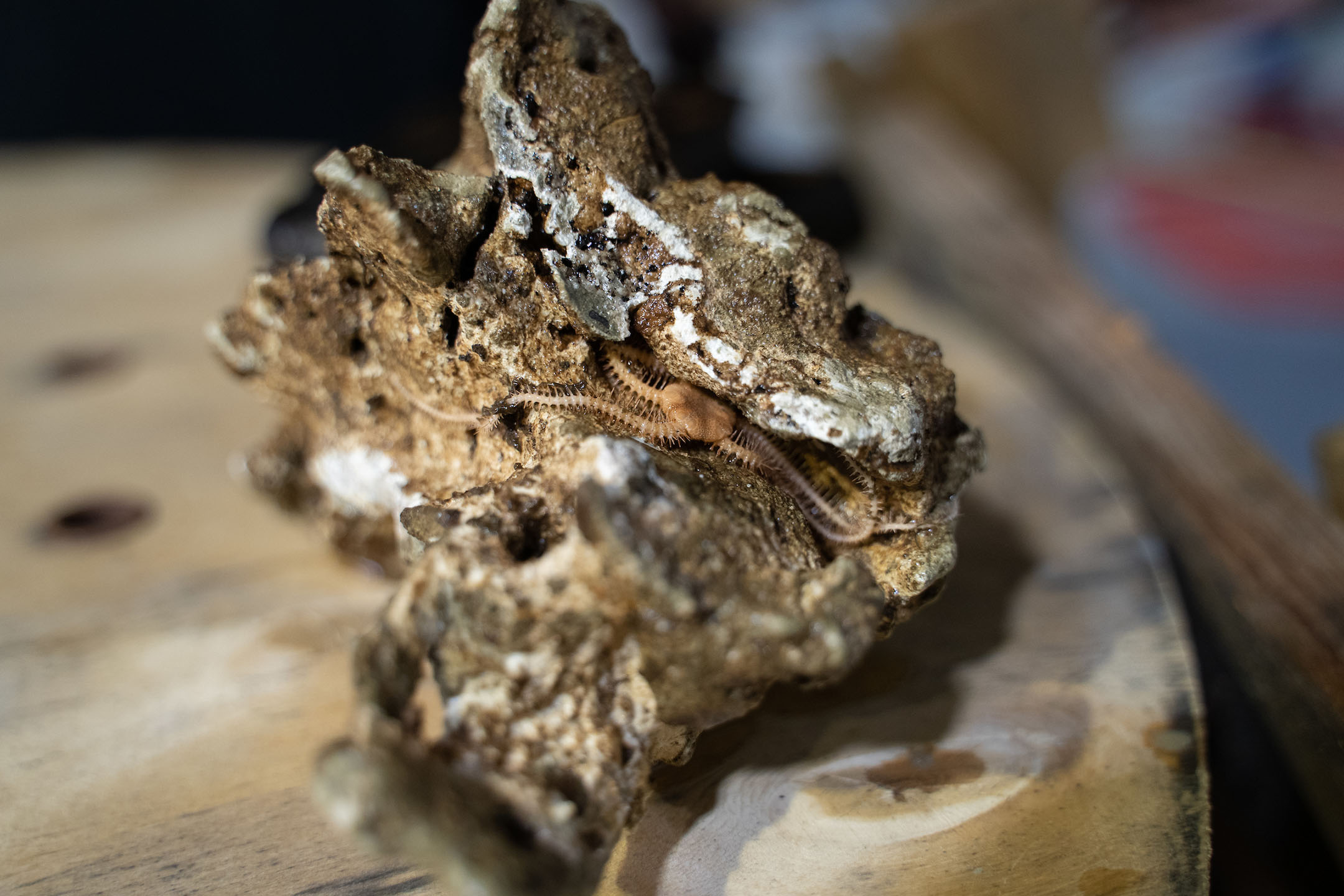
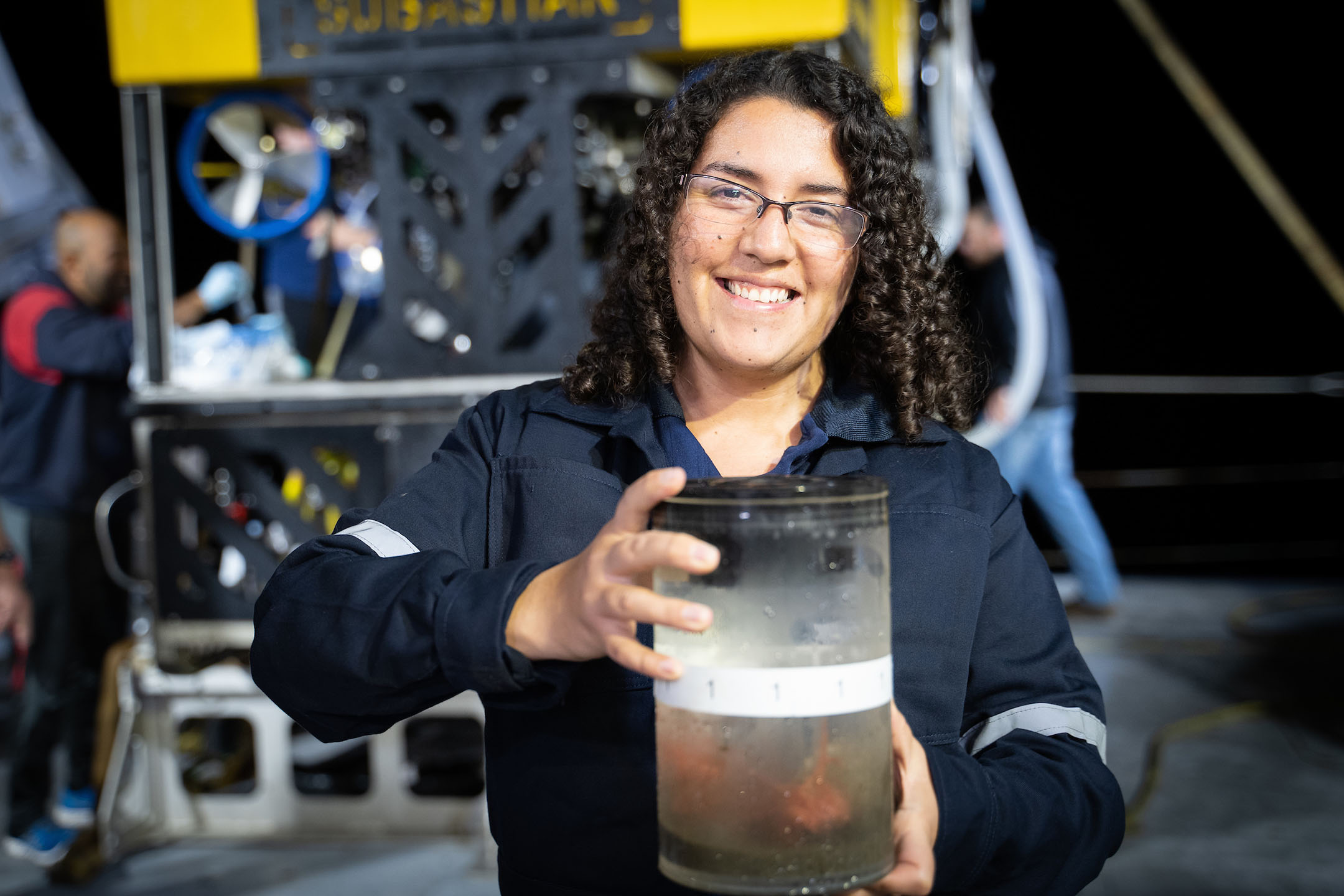
Data & Publications
ADCP data, curated by University of Hawaii, can be accessed here.
In the News
Scientists make unbelievable discovery after spotting trail of crabs at the bottom of the ocean
UNILAD • December 3rd, 2023
Trail Of Crabs Lures Scientists To Incredible Deep-Sea Discovery Off The Galápagos Islands
IFLScience • November 20, 2023
Squat Lobsters Guide Scientists to New Hydrothermal Vent Field
SevenSeas Media • October 1st, 2023
DISCOVERY OF LARGE HYDROTHERMAL VENT FIELD IN PACIFIC
Sea Technology Magazine • September 28, 2023
Watch elusive, sucker-less squid in rare footage captured off the Galapagos
Live Science • September 18, 2023
Scientists discover massive new field of underwater geysers
NBC U.S. & World • September 14, 2023
Cientistas descobrem campo de chaminés térmicas nas águas de Galápagos
Estado de Minas • September 14, 2023
FOTOS: Una fuente hidrotermal del fondo marino de las Islas Galápagos fue descubierta por científicos
Vistazo • September 14, 2023
Un cangrejo gigante fue clave en el hallazgo de fuente hidrotermal en Galápagos
Dialoguemos • September 14, 2023
Descubren una fuente hidrotermal en fondo marino de las volcánicas Islas Galápagos
Diario Mexico • September 14, 2023
Así el el campo de chimeneas térmicas descubiertas en islas Galápagos
La Prensa • September 14, 2023
Descubren una nueva fuente hidrotermal en el fondo marino de las Islas Galápagos
EFE Verde • September 14, 2023
Descubren una nueva fuente hidrotermal en fondo marino de las volcánicas Islas Galápagos
Head Topics • September 14, 2023
Islas Galápagos: Descubren Asombrosa Fuente Hidrotermal en su Fondo Marino
Panorama • September 14, 2023
Descubren una nueva fuente hidrotermal en fondo marino de las volcánicas Islas Galápagos
yahoo! noticias • September 14, 2023
Crabs just helped scientists make a fantastic discovery in the Galapagos
MSN • September 14, 2023
Descubren una nueva fuente hidrotermal en fondo marino de las Islas Galápagos
expreso • September 14, 2023
Descubren una nueva fuente hidrotermal en el fondo marino de las Islas Galápagos
La Vanguardia • September 14, 2023
Squat Lobsters Guide Scientists to New Hydrothermal Vent Field
ECO Magazine • September 14, 2023
The Trail of the Crab: how crabs helped scientists find some vents
Inspiring Ecuador • September 14, 2023
Descubren nueva fuente hidrotermal en fondo marino de las Islas Galápagos
Forbes Mexico • September 14, 2023
New hydrothermal spring in the volcanic Galapagos Islands
World Nation News • September 14, 2023
Científicos descubren un campo de chimeneas térmicas en aguas de Islas Galápagos
rfi • September 14, 2023
Científicos descubren un campo de chimeneas térmicas en aguas de Islas Galápagos
France 24 • September 14, 2023
Científicos descubren un campo de chimeneas térmicas en aguas de Islas Galápagos
La Nacion • September 14, 2023
Científicos descubren una nueva fuente hidrotermal en el fondo de las Galápagos
ecuavisa • September 14, 2023
Un cangrejo gigante ayuda a descubrir una asombrosa fuente hidrotermal en Galápagos
Primicias • September 14, 2023
Descubren una nueva fuente hidrotermal en fondo marino de las volcánicas Islas Galápagos
Infobae • September 14, 2023
Descubren una nueva fuente hidrotermal en fondo marino de las volcánicas Islas Galápagos
Qué Pasa • September 14, 2023
El descubrimiento científico que ha sorprendido en las Islas Galápagos
El Debate • September 14, 2023
Descubren una nueva fuente hidrotermal en fondo marino de las volcánicas Islas Galápagos
El Mercurio • September 14, 2023
Nueva fuente hidrotermal más grande que una cancha de fútbol es descubierta por científicos en Galápagos
El Universo • September 14, 2023
Watch elusive, sucker-less squid in rare footage captured off the Galapagos
Live Science • September 18, 2023
New Hydrothermal Vent Found Near Galápagos
Marine Technology News • September 14, 2023
Plumbing the Deep Sea
Harvard News • April 14, 2023


